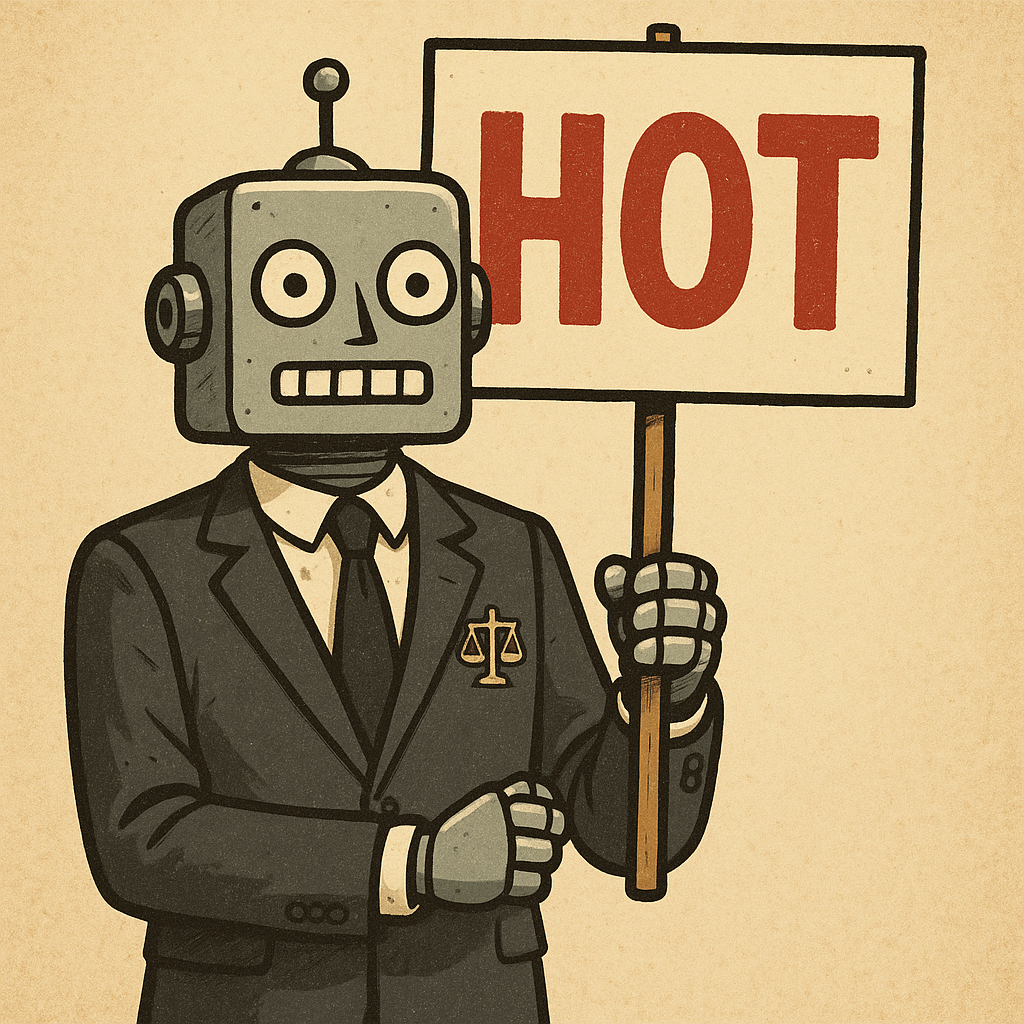July 8, 2025
AI Steps Into the Supreme Court: A New Era of Legal Argument?

In a bold leap towards the future of legal proceedings, AI technology is making strides towards arguing cases in the highest courts. Despite the skepticism surrounding artificial intelligence in legal settings, recent experiments suggest that AI might soon be a fixture in courtrooms, particularly in the Supreme Court.
No takers have emerged for DoNotPay's audacious offer of $1 million to anyone brave enough to let their AI lawyer argue a Supreme Court case. However, Adam Unikowsky of Jenner & Block has independently explored the potential of AI in this sphere. By feeding Supreme Court case materials into Claude 4.0 Opus and generating responses to justices' questions, Unikowsky has taken a significant step in integrating AI into legal practices.
The experiment went a notch higher with ChatGPT’s "Advanced Voice Mode," simulating an entire oral argument with synthetic voices for both the AI attorney and the justices. This initiative not only showcases AI's capacity to handle complex legal inquiries but also prompts a reevaluation of the traditional court proceedings dominated by human lawyers.
The Supreme Court's oral arguments, often criticized for their length and perceived inefficacy, seem to be ripe for AI intervention. The arguments, according to critics, often serve as mere formalities preceding predictable judicial decisions based on partisan lines. In this context, AI’s capability to efficiently address legal queries and handle the pressure of real-time questioning becomes particularly valuable.
However, the integration of AI into the judiciary is not without its controversies. A recent New York appellate case, where an AI avatar was used for oral argument, highlighted the judiciary's reluctance to embrace this technology, emphasizing the potential loss of human touch in legal proceedings. Questions also arise about the ethical implications of AI representation, such as the potential reinforcement of biases through the choice of AI’s physical and vocal representation.
Moreover, despite advancements, AI technology in legal settings is still grappling with issues of reliability and 'hallucinations'—instances where AI generates incorrect or nonsensical responses. These challenges underscore the need for careful consideration and regulation of AI use in legal contexts.
As the legal community continues to debate the role of AI in courts, the technology's potential to streamline processes and reduce the load on human lawyers is undeniable. However, the transition to AI-assisted legal proceedings calls for a balanced approach to harness AI capabilities while addressing ethical, procedural, and technical challenges.
The future of AI in the Supreme Court and beyond remains uncertain, with both promising opportunities and formidable challenges lying ahead. As the legal profession stands on the brink of potentially transformative changes, the journey of integrating AI into the fabric of legal proceedings is sure to be closely watched.